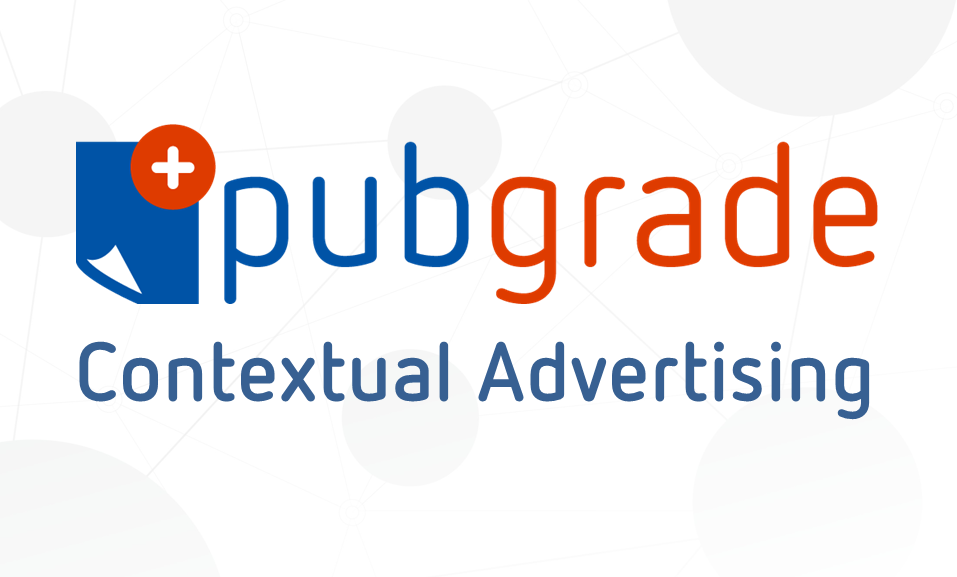Despite fluctuations in popularity over the past five to ten years, the traditional digital banner advertisement is still the staple ad unit that can be found on most publishers‘ sites. They are the standard carrier of paid ads supported by commercial suppliers‘ marketing funds, and a gateway to other conversations about audience influencing. All publishers view them as a solid rich media channel for communicating to and engaging with their readership.
With the arrival of a global pandemic, traditional ways of personal engagement (meetings/conferences/trade shows) have become harder or impossible to achieve. Digital means of reaching out to scientists are still as important, and inadvertently strengthened the position of scientific publishers as a valuable strategic audience touchpoints.
Behind the scenes, the way banner media are technically presented to the audience differ greatly. For ad delivery, there are professional ad serving technologies as well as CMS-driven methods and other homegrown systems. While they all do the supposedly simple trick of placing a media object somewhere on a page, the devil is in the details: Turnkey solutions that offer forecasting, targeting, reporting, as well as support in sales and general campaign management are what really makes the difference in a professional ad sales environment.
As far as the integration of ad units is concerned, much has changed since pages were cluttered with ads. Quantity was valued over quality, and some publishers placed ad units that were designed never to be in view - unless the reader scrolled all the way down to the footer. Demand for campaign transparency and accountability led to constructive changes, and the advertising industry introducing measures for these effects – the binary "Viewability" (expressed as a percentage of ad impressions), and the concrete "Time-in-View" (as total time or average across all ad impressions).
For publishers using homegrown platforms, the development tasks involved with integrating and maintaining high-value advertising units and their behavior competed with supposedly higher priority tasks from other business areas. This either compromised or derailed progress entirely. Publishers using unified platforms, like Silverchair's, can focus on their core business, delegate the complexity, and leave it up to a service provider like PubGrade to evaluate the situation and handle the technical side efficiently.

Since 2013, PubGrade has worked hard to build a management platform for effective and transparent contextual advertising campaigns for a wide range of both Scholarly and Societal publishers. It has successfully enabled our partners to offer a highly sophisticated and attractive service to advertisers and helped them build revenues and market share.
At PubGrade, our mix of experience and focus on all of the aspects above is unparalleled, but our key solution really is contextual targeting of banner advertising campaigns. Compared to other mechanisms of selecting relevant audiences, the contextual method these days has a critical advantage: As privacy initiatives take hold globally (and reasonably so) - most prominently and consequently in the EU via GDPR - digital technology providers are facing a reckoning that is yet to fully unfold. As far as ad targeting is concerned, cookie-based mechanisms like behavioral targeting and the general tracking of visitors without explicit consent are coming under scrutiny (and are basically unavailable if consent is really enforced), raising the profile of purely context-based advertising significantly. Adding to the urgency, and similar to the end of the late Safe Harbor initiative (cancelled in 2016), EU courts recently upended its replacement self-certification initiative Privacy Shield, adding to our perception that - while apparently slow - these rules will be fully enforced at some point.
And all technicalities aside, operating and acquiring digital advertising business on the publisher side is a people business. There are agency relations to be nurtured, and lots of client conversations to be had. What’s generally important is a compelling product offering that is a no-brainer for supplier representatives (or their agencies) to book. As is probably shining through in the previous paragraphs, running a digital advertising business comes with devil-in-the-details complexity if operated professionally. For small to medium-sized publishers, it can be challenging to hire full-time or re-assign personnel tor the task. Frequently, the task is handled by employees who also (and primarily) manage other areas, e.g. print advertising, email campaigns, or trade shows, and have a challenging time to additionally focus on all the intricacies of the digital advertising space.
The team at PubGrade started making sense of the digital advertising eco-system (and the related structures at scientific publishers) long before the company was even founded, and from basically every angle there is: operations, sales, reporting, technology integration and in-house development. We are in the unique position to have meaningful consulting and cooperation discussions with our partners across all dimensions and tailor a package that will fit their needs, from a consultative relationship, to full-service.
We’re glad to partner with Silverchair to bring our solutions to connected publishers, so please reach out via https://www.pubgrade.com.